Selected Plants of Navajo Rangelands
Cordgrass, alkali
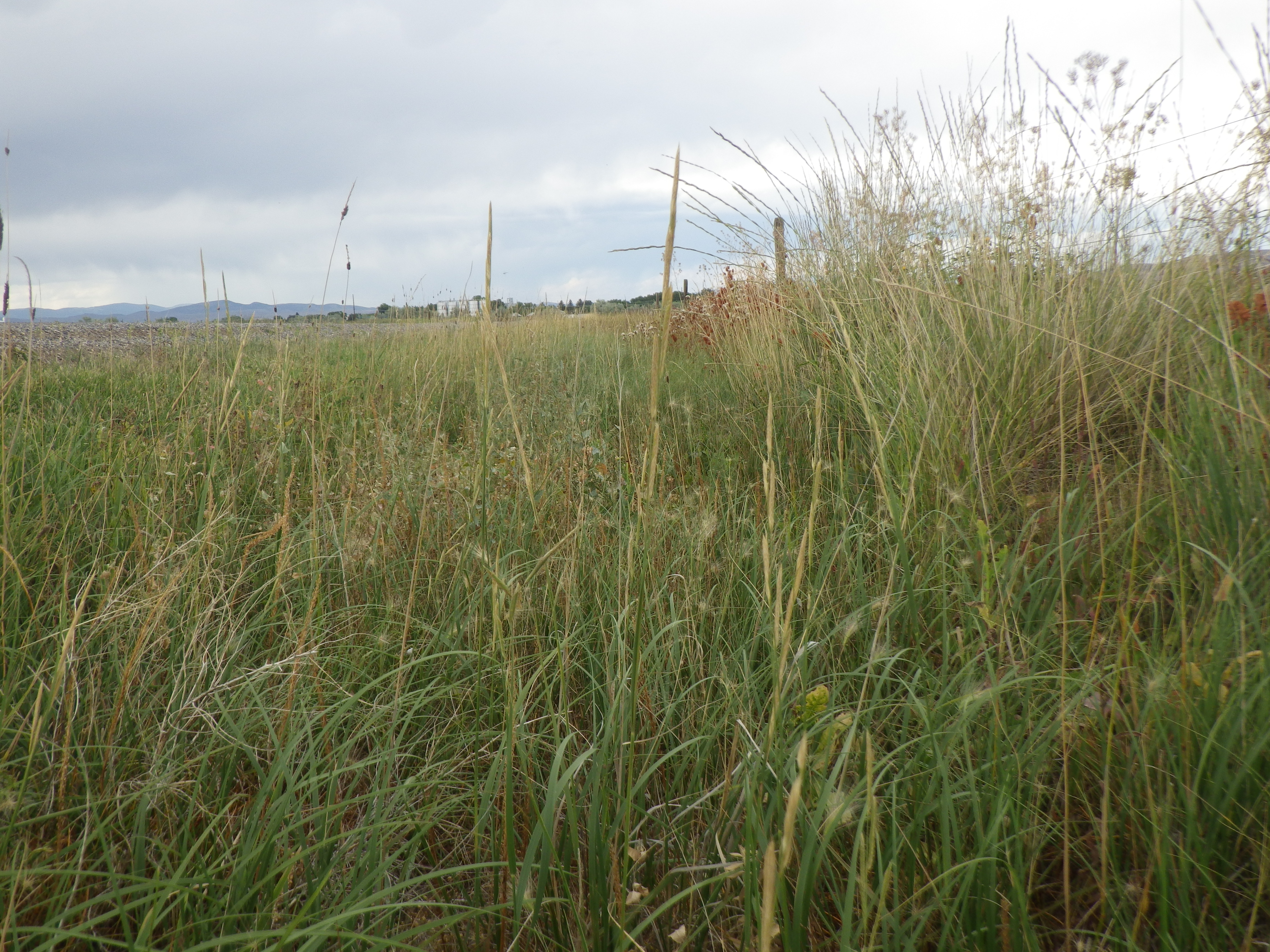
Alkali cordgrass is a robust grass with erect stems 1/2 to 3 feet tall. Reproduction is by seed and by rhizomes. It starts growth in late spring and begins flowering in July. Seedheads are clusters about 2 to 10 inches long. Leaf blades are less than 1/4 inch wide and less than or up to 12 inches long, flat or with edges rolled upward and in on drying, and gradually tapered to more or less finely pointed tips.
Alkali cordgrass is found at elevations from 4,000 to 6,500 feet where annual precipitation is from 12 to 30 inches, but it is not particularly sensitive to precipitation zones since it grows along watercourses, in wetlands, or in wet meadows.
Alkali cordgrass is an excellent grass for erosion control along rivers and streams. Its foliage is coarse but readily grazed by cattle and horses. Historically, alkali cordgrass was a major constituent of native meadow hay but does not withstand close harvest and has been replaced with tall wheatgrass in many meadow areas. It regrows slowly, but is fire tolerant.
*Description based on Utah State University's Range Plants of Utah description.

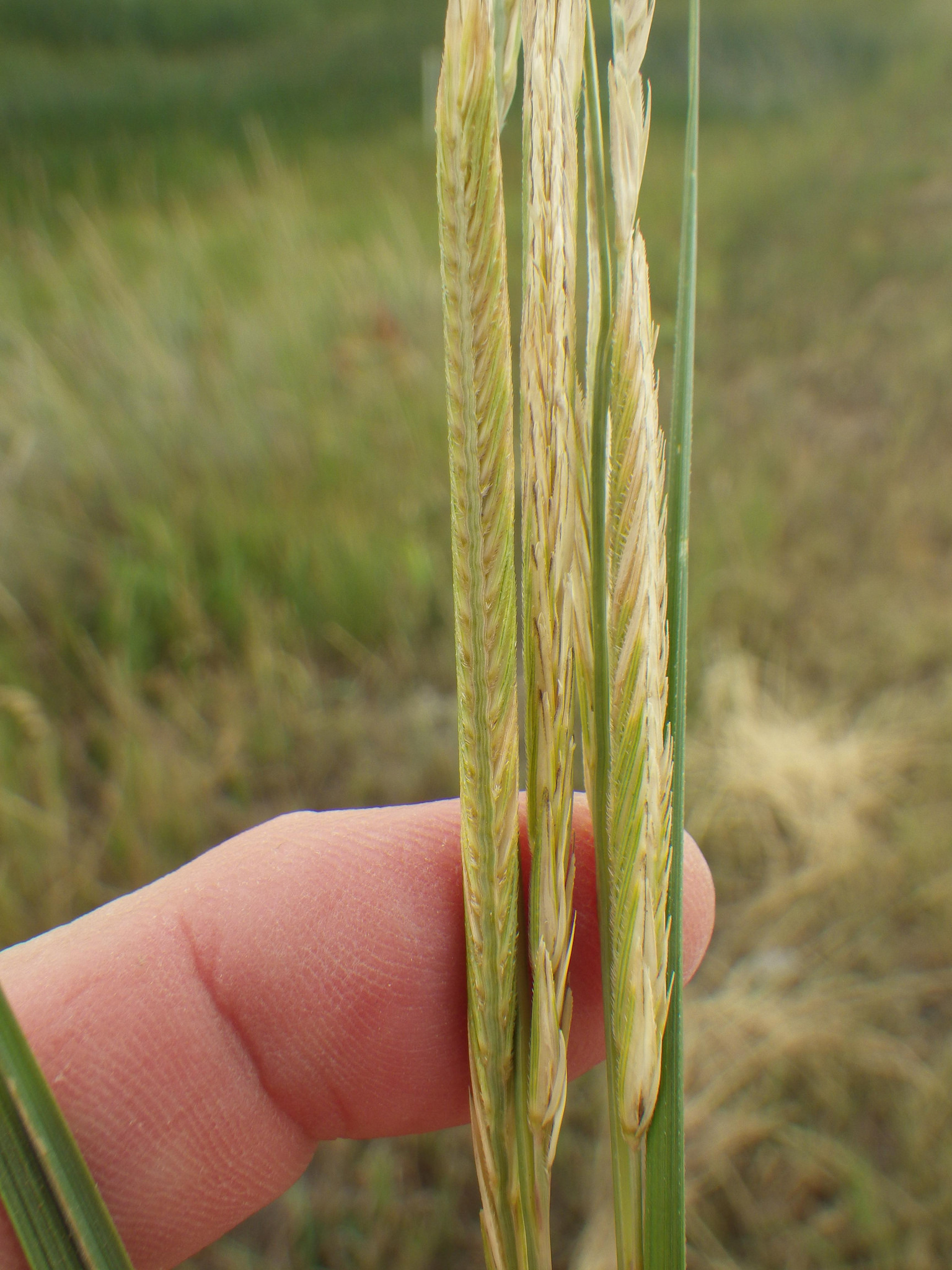
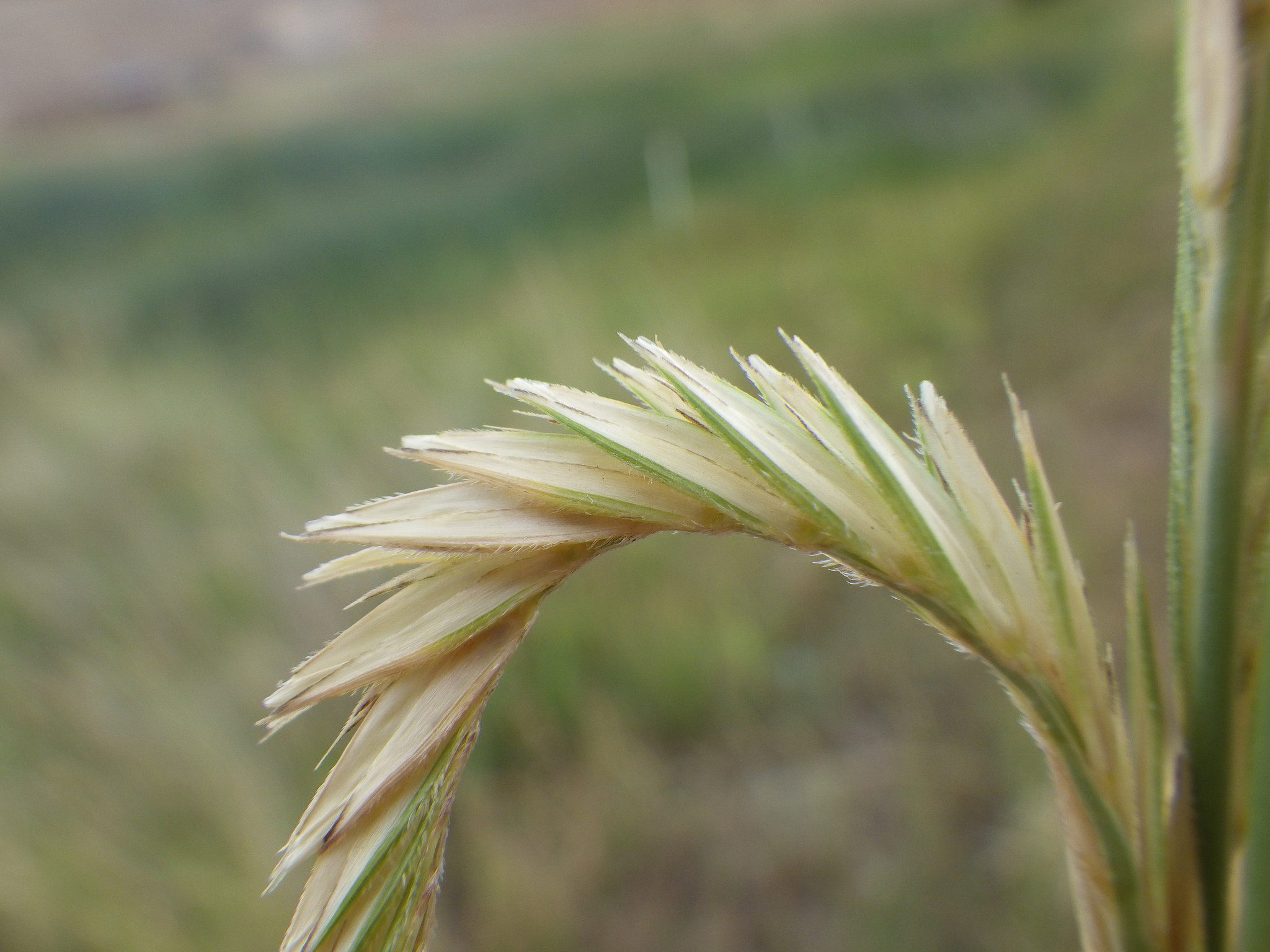
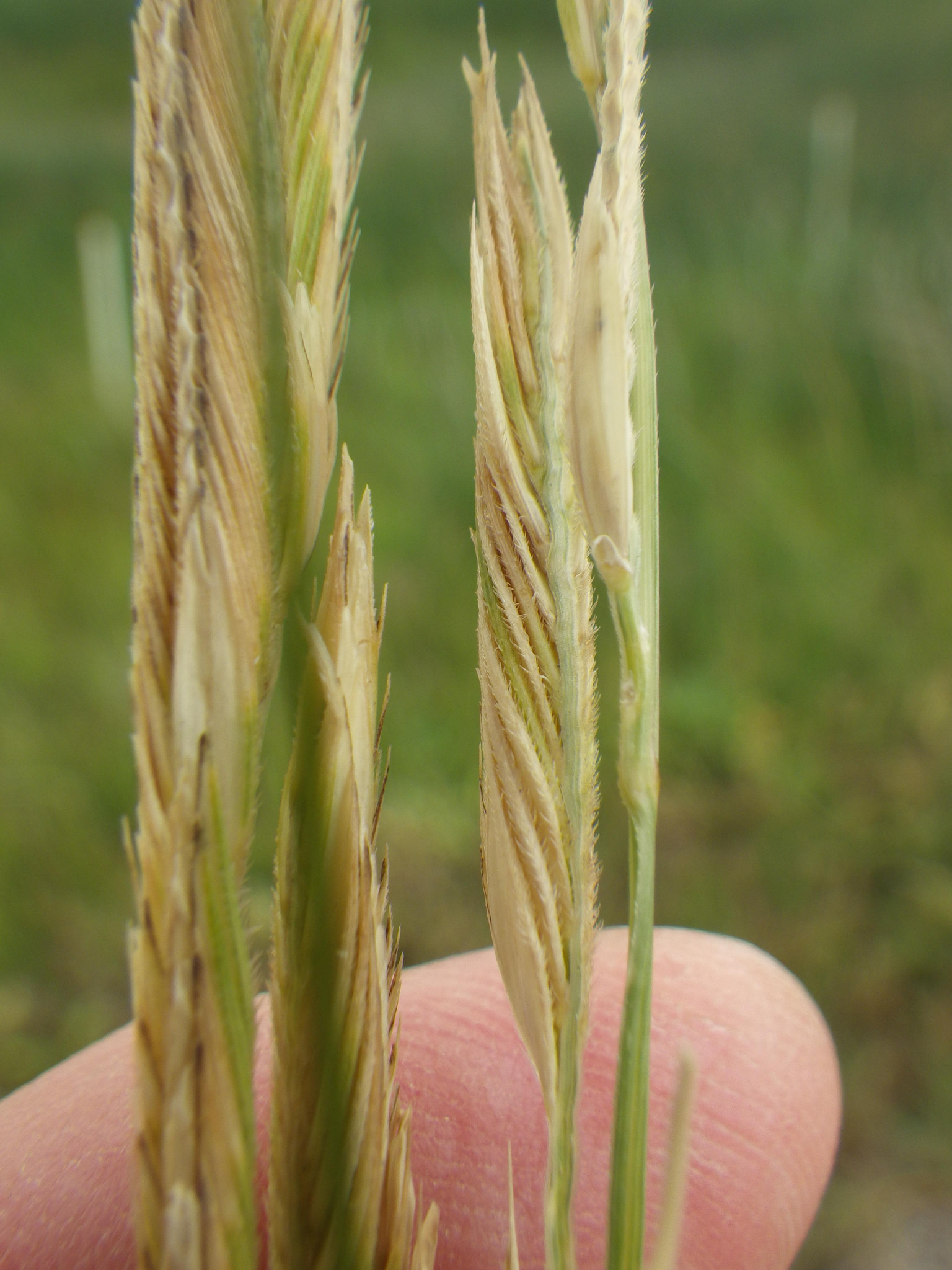
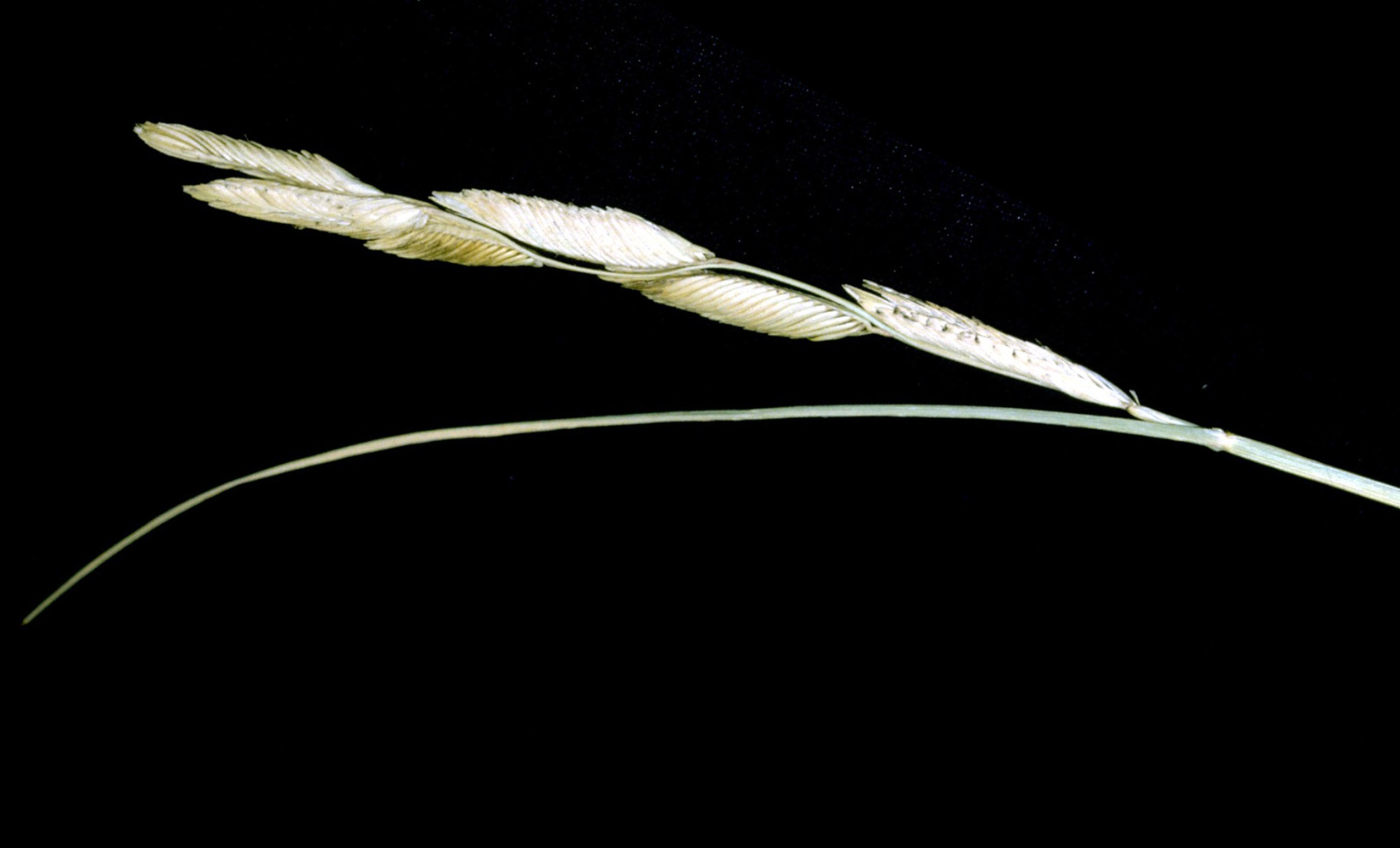
©2018 NMSU Board of Regents.
Individual photographers retain all rights to their images.
Partially funded by the
Western Sustainable
Agriculture Research and Education Program
(westernsare.org; 435.797.2257),
project EW15-023.
Programs and projects supported by Western SARE are
equally open to all people.